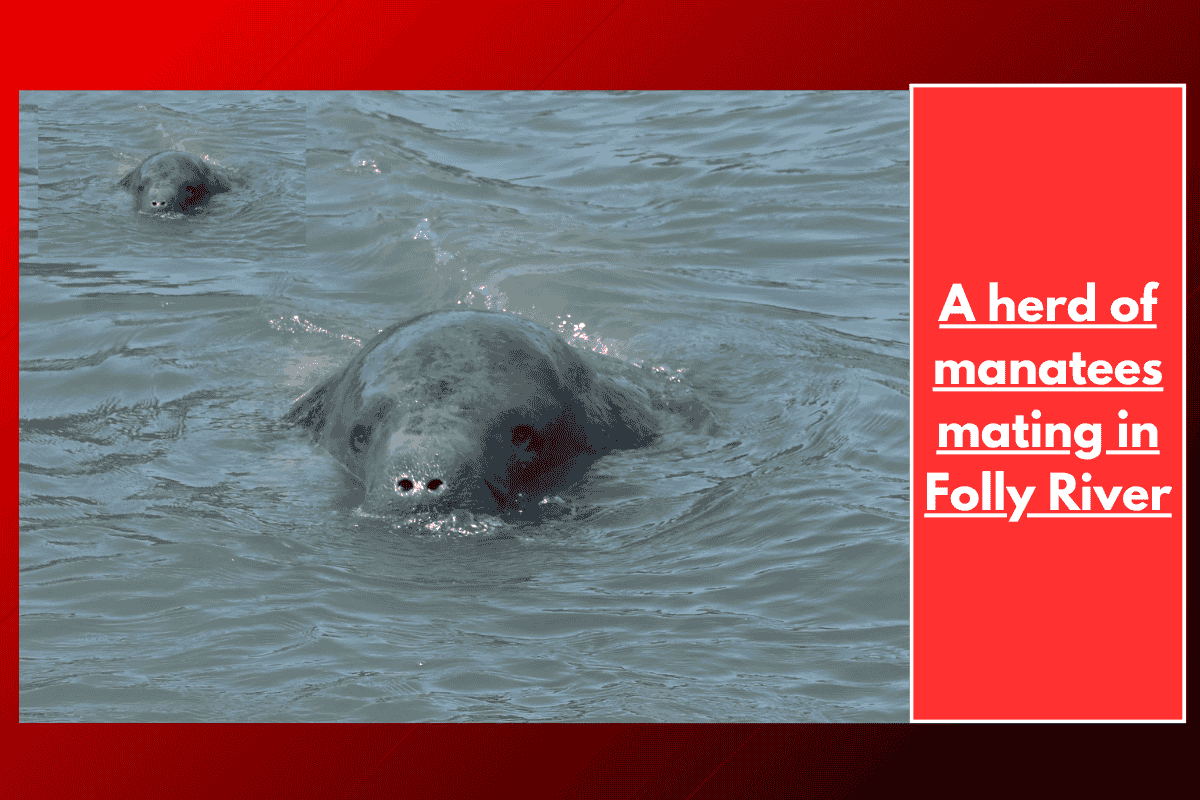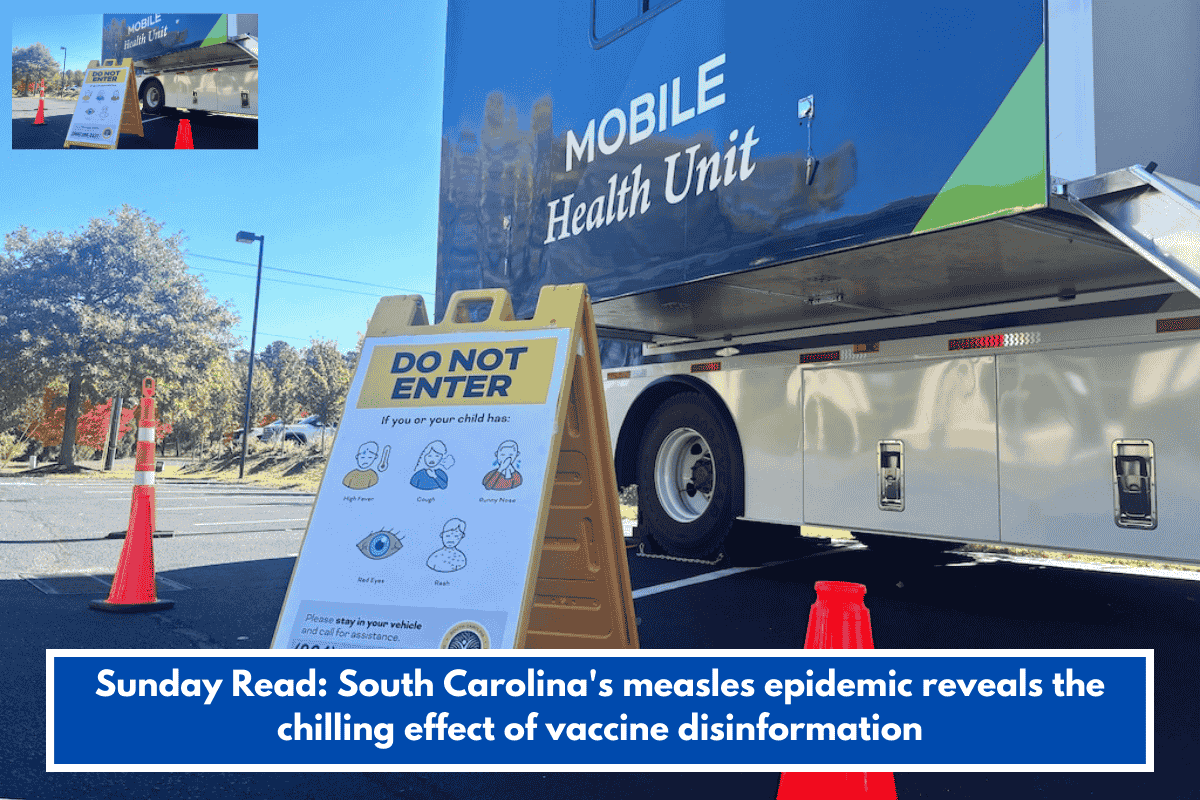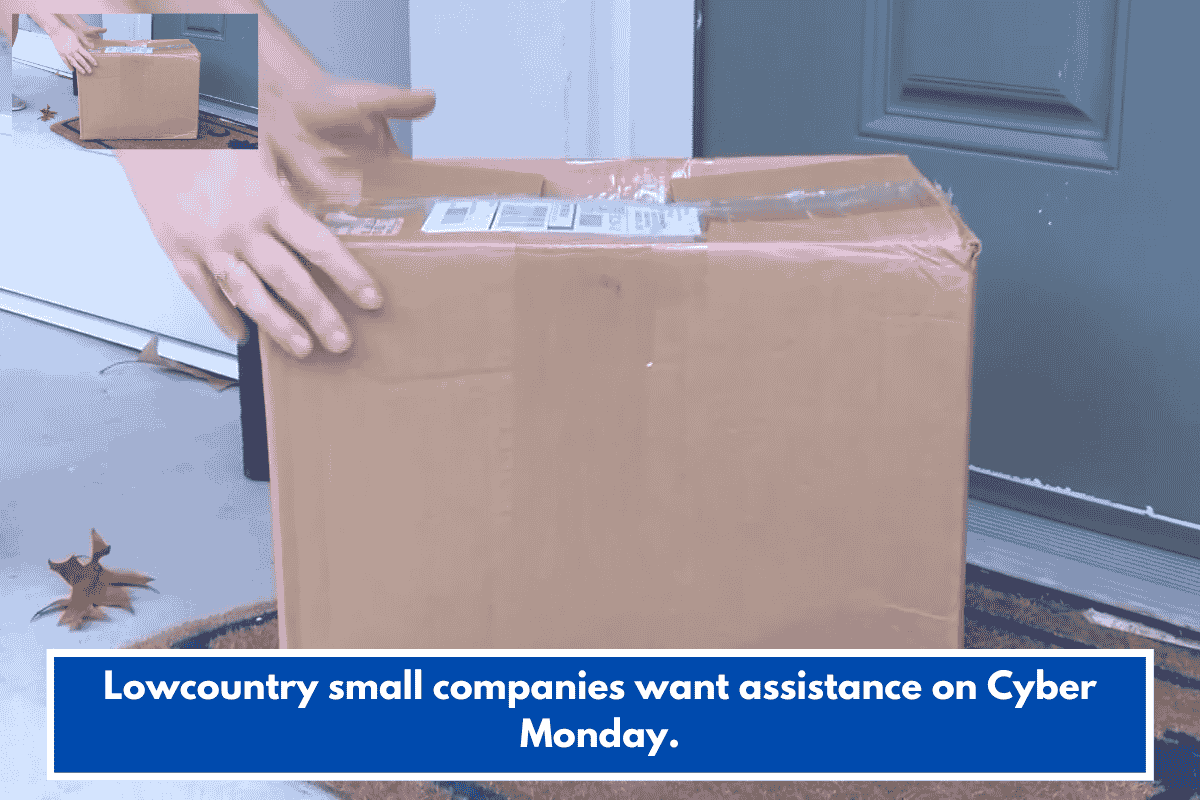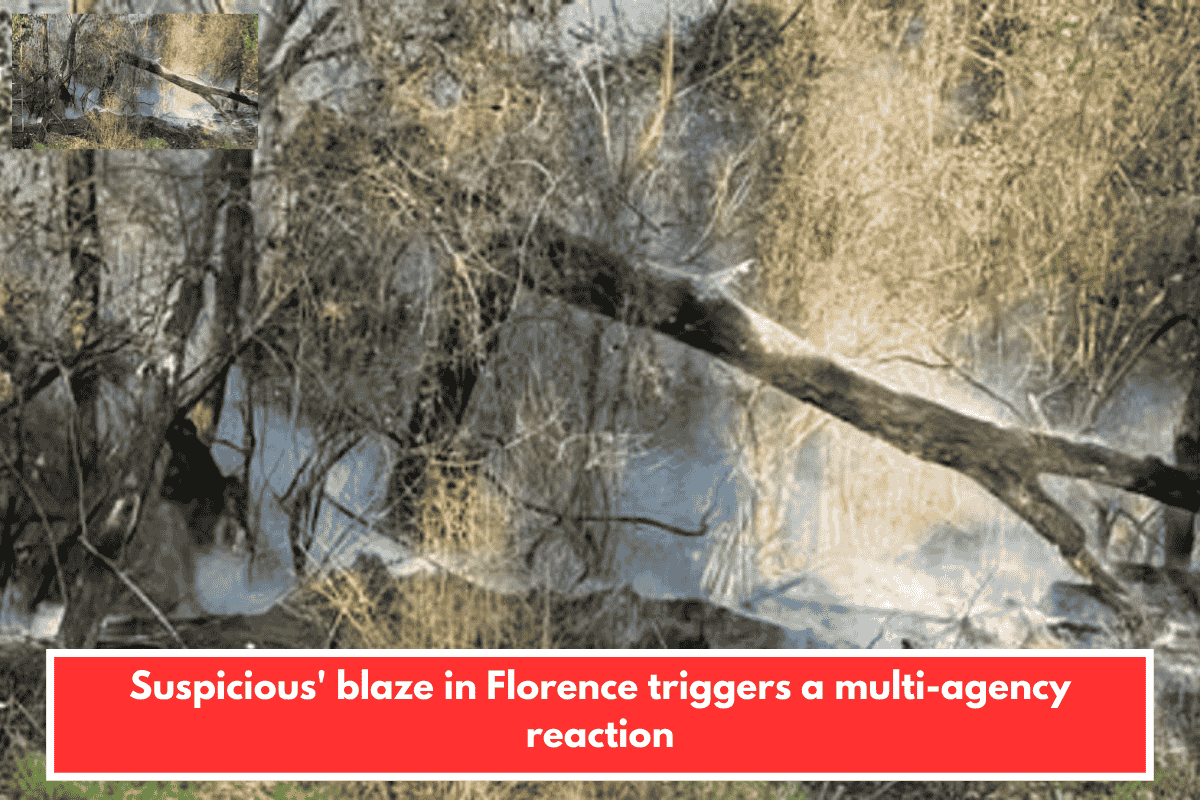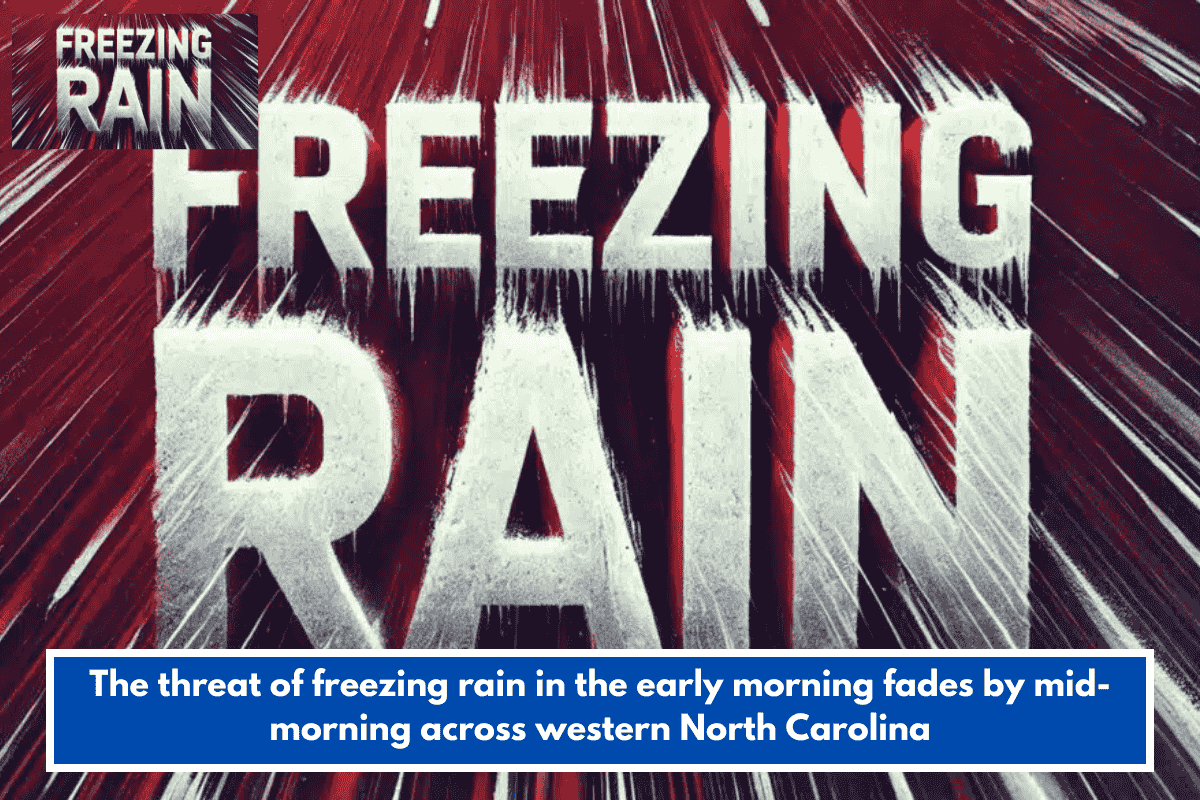Love is in the air—or in this case, in the water—around Folly River, where a rare sighting of a manatee mating herd was reported earlier this week. The sighting, witnessed by Billy Grayson while boating on the river, was submitted to the South Carolina Department of Natural Resources (SCDNR).
A Rare Sighting in Lowcountry Waters
Manatee mating herds are a rare occurrence in the Lowcountry, with sightings typically reported in Florida, where manatee populations are higher and the water is clearer. Grayson’s report marks one of the few instances of such behavior being observed in South Carolina waters.
SCDNR explains that a mating herd consists of a focal female surrounded by multiple males, all competing for her attention. The female releases a pheromone to signal that she is ready to mate, prompting the males to fight for the opportunity.
Understanding Manatee Mating Behavior
The mating behavior is most commonly observed in warm, shallow waters during the summer and early fall. Once mating is successful, the female will be pregnant for 12 to 14 months before giving birth to a calf. The calf will stay close to its mother for one to two years, learning to navigate the waters and survive in the wild.
Keep Your Distance
While the sighting is exciting for wildlife enthusiasts, SCDNR advises the public to keep a safe distance if encountering a manatee mating herd. The thrashing and rolling that can occur during the mating process may create a dangerous situation, especially since manatees can weigh up to a thousand pounds.
Kelly Lambert, a manatee response coordinator with SCDNR, cautions, “There may be lots of thrashing and rolling, creating a very dangerous situation if you were to come between these thousand-pound animals.”
The sighting of the manatee mating herd in Folly River is a reminder of the incredible wildlife that inhabits South Carolina’s waters. As we celebrate this rare occurrence, it’s important to respect these gentle creatures’ space and continue to protect their natural habitats.

